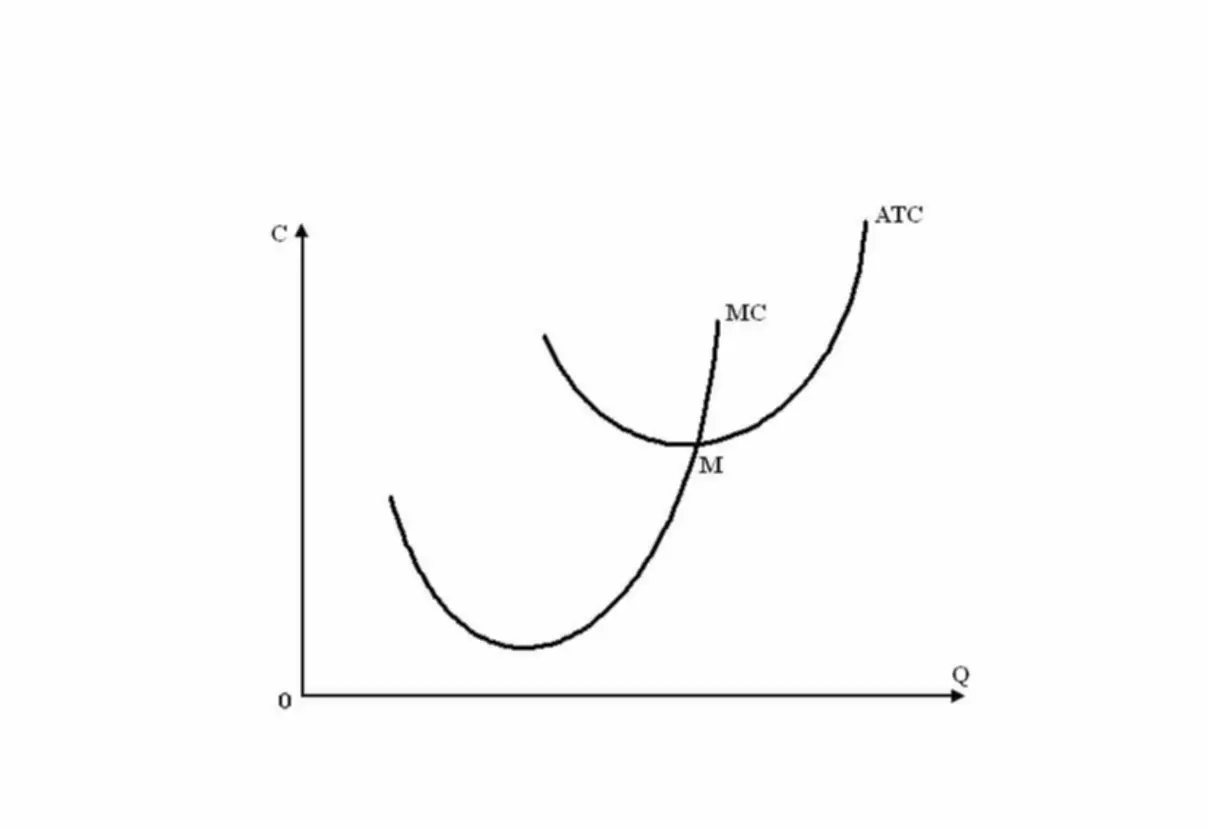Content

One variation on this metric considers only a company’s fixed assets (the FAT ratio) instead of total assets. The asset turnover ratio measures a company’s ability to generate sales revenue relative to its assets. It quantifies how efficiently a company utilizes its assets to generate sales and indicates how effectively management deploys its resources. A high ratio suggests efficient asset utilization, while a low ratio may show underutilization or inefficiencies. Asset turnover, also known as the asset turnover ratio, measures how efficiently a business uses its assets to generate sales. It’s a simple ratio of net revenue to average total assets, and it’s usually calculated on an annual basis.
- In this equation, the beginning assets are the total assets documented at the start of the fiscal year, and the ending assets are the total assets documented at the end of the fiscal year.
- To make her jewelry Linda needs tools like beads, wire, string, glue, and work tables.
- Let’s say that in its first year Linda’s Jewelry earns $35,000 in net revenue.
- In other words, when a company’s asset turnover is significantly higher than that of its competitors, it may be a warning flag.
- Some sectors, such as retail and consumer staples, tend to have smaller asset bases with high sales volume, resulting in higher ratios because they need to replace their inventories at a high rate each year.
- Just-in-time (JIT) inventory management, for instance, is a system whereby a firm receives inputs as close as possible to when they are actually needed.
Companies in the retail industry tend to have a very high turnover ratio due mainly to cutthroat and competitive pricing. For the entire forecast, each of the current assets will increase by $2m. As a quick example, the company’s A/R balance will grow from $20m in Year 0 to $30m by the end of Year 5. As with all financial ratios, a closer look is necessary to understand the company-specific factors that can impact the ratio. And such ratios should be viewed as indicators of internal or competitive advantages (e.g., management asset management) rather than being interpreted at face value without further inquiry. DuPont analysis breaks down the return on equity (ROE) into components to help analyze a company’s financial performance.
Asset Turnover Ratio Formula
After all, the main reason for holding an asset is to help the company achieve a certain level of sales. Advisory services provided by Carbon Collective Investment LLC (“Carbon Collective”), an SEC-registered investment adviser. There is no definitive answer as to whether high or low asset turnover is good or bad. However, a higher ratio is generally seen as better as it implies that the company is making good use of its assets. Companies with low profit margins tend to have high asset turnover, while those with high profit margins have low asset turnover.
- For example, retail organizations generally have smaller asset bases but high sale volumes, creating high asset turnover ratios.
- Generally, companies with a high asset turnover ratio are more efficient at generating revenue through their assets, while those with a low ratio are not.
- If a company has an asset turnover ratio of 5 it would mean that each $1 of assets is generating $5 worth of revenue.
- The asset turnover ratio measures the efficiency of a company’s assets in generating revenue or sales.
- Now, check your understanding of how to calculate the Asset Turnover ratio.
- Service industry companies, such as financial services companies, typically have smaller asset bases or a heavier reliance on intangible assets, making the ratio less meaningful as a comparison tool.
Company A reported beginning total assets of $199,500 and ending total assets of $199,203. Over the same period, the company generated sales of $325,300 with sales returns of $15,000. Below are the steps as well as the formula for calculating the asset turnover ratio.
Asset Turnover Ratio: Explanation & Formula
Net revenue is taken directly from the income statement, while total assets is taken from the balance sheet. If a company is in operation for more than one year, the average of the assets for each year must be calculated. To determine if a company’s asset turnover ratio is good, compare it with the ratios of other companies in the same industry. This year you made $270,000 in total revenue – slightly higher than the average US small business.
What is asset ratio turnover?
The asset turnover ratio is a measurement that shows how efficiently a company is using its owned resources to generate revenue or sales. The ratio compares the company's gross revenue to the average total number of assets to reveal how many sales were generated from every dollar of company assets.
To determine the value of a company’s assets, the average value of the assets for the year needs to first be calculated. Generally, when a company has a higher asset turnover ratio than in years prior, it is using its assets well to generate sales. However, a company must compare its asset turnover ratio to other companies in the same industry for a more realistic assessment of how well it’s doing. The second piece of information that we need for the formula is the company’s net revenue, which is the sales revenue after deducting various expenses. The net revenue used in the formula is generally called total revenue on the income statement.
Total Asset Turnover: What Does it Say About Your Company?
Conversely, a lower ratio indicates the company is not using its assets as efficiently. Same with receivables – collections may take too long, and credit https://www.bookstime.com/articles/asset-turnover-ratio-fomula-and-example accounts may pile up. Fixed assets such as property, plant, and equipment (PP&E) could be unproductive instead of being used to their full capacity.
What does an asset turnover of 1.5 mean?
Hence, the interpretation of the asset turnover ratio means the higher the ratio, the more efficient a company is at generating revenue from its assets. That is, an interpretation of an asset turnover ratio of 1.5 would mean that each dollar of the company's assets generates $1.5 in sales.
So, if a company has a ratio of, say, 3.4, but their competitors have a ratio of 3.9. They are not doing as well as other companies, even though they make $3.40 for every dollar in assets. Among the more important considerations for investors when evaluating a company is how efficiently it utilizes its assets to produce revenue. These companies have greater potential to grow and compound their earnings over time. The concept of the fixed asset turnover ratio is most useful to an outside observer, who wants to know how well a business is employing its assets to generate sales.
Industry Specific
Although it isn’t necessarily the best solution, a weighted average method can be used. It’s important to note that the asset turnover ratio is based on industry standards and some industries are likely to have better ratios than others. So to be able to use the asset turnover ratio effectively it needs to be compared to other companies in the same industry.
Average total assets is the average of assets on the company’s balance sheet at the beginning of the period and the end of the period. Companies typically report their balance sheets showing the balances for line items from the previous year as well. You simply add the total assets reported at the end of the most recent period and the total assets at the end of the previous year. Generally, companies with a high asset turnover ratio are more efficient at generating revenue through their assets, while those with a low ratio are not.
Asset Turnover
It may indicate management is unable to invest enough to boost the business to its full potential. Spending more by investing in more revenue-producing assets may lower the asset turnover ratio, but it could provide a positive return on investment for shareholders. Management should be working to maximize profits even if the next investment isn’t quite as profitable as the last.
Generally speaking, a higher ratio is better as it implies that the company is making good use of its assets. You can use the asset turnover ratio calculator below to work out your own ratios for comparison with other companies in your industry. On the opposite side, some industries like finance and digital will have very few assets, and their asset turnover ratio will be much higher. To work out the average total assets you add the value of the assets at the beginning of the year to the value of assets at the end of the year and divide the result by two. In order to measure the return on sales, the sales return should be subtracted from net sales.
The ratio can be calculated by dividing gross revenue by the average of total assets. Depreciation is the allocation of the cost of a fixed asset, which is spread out—or expensed—each year throughout the asset’s useful life. Typically, a higher fixed asset turnover ratio indicates that a company has more effectively utilized its investment in fixed assets to generate revenue. This ratio is used as a financial indicator which tells the efficiency of a company in the management of its assets. It is used to know the level of the assets’ rotation to identify the shortcomings and then enact improvements to maximize the use of the company’s resources. The rotation of the assets means how long the assets take to become cash.

